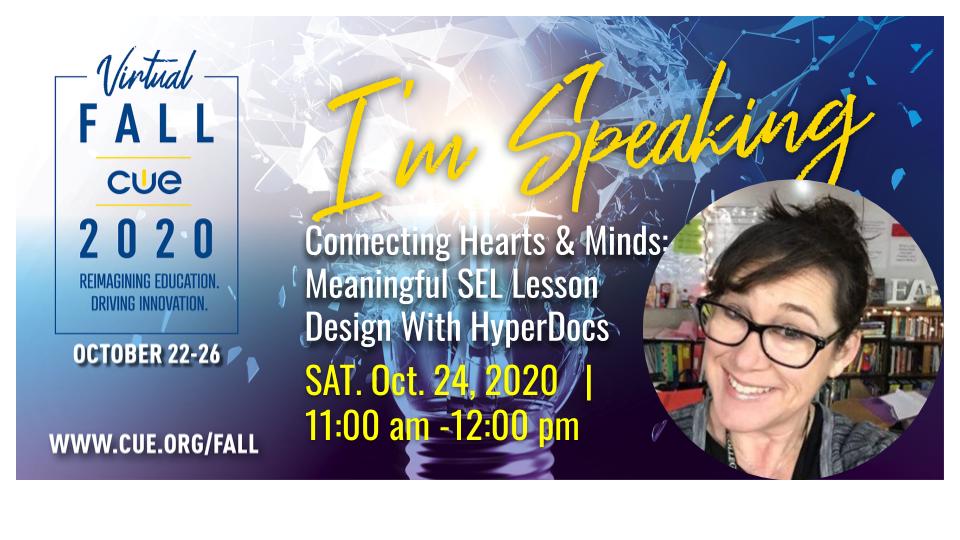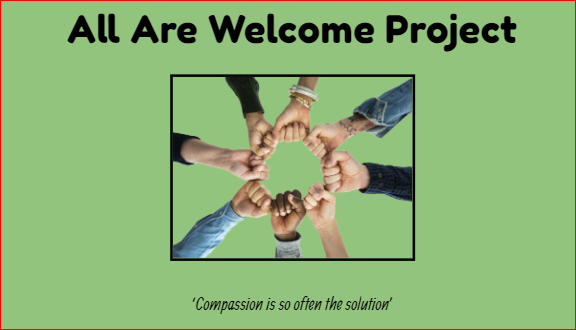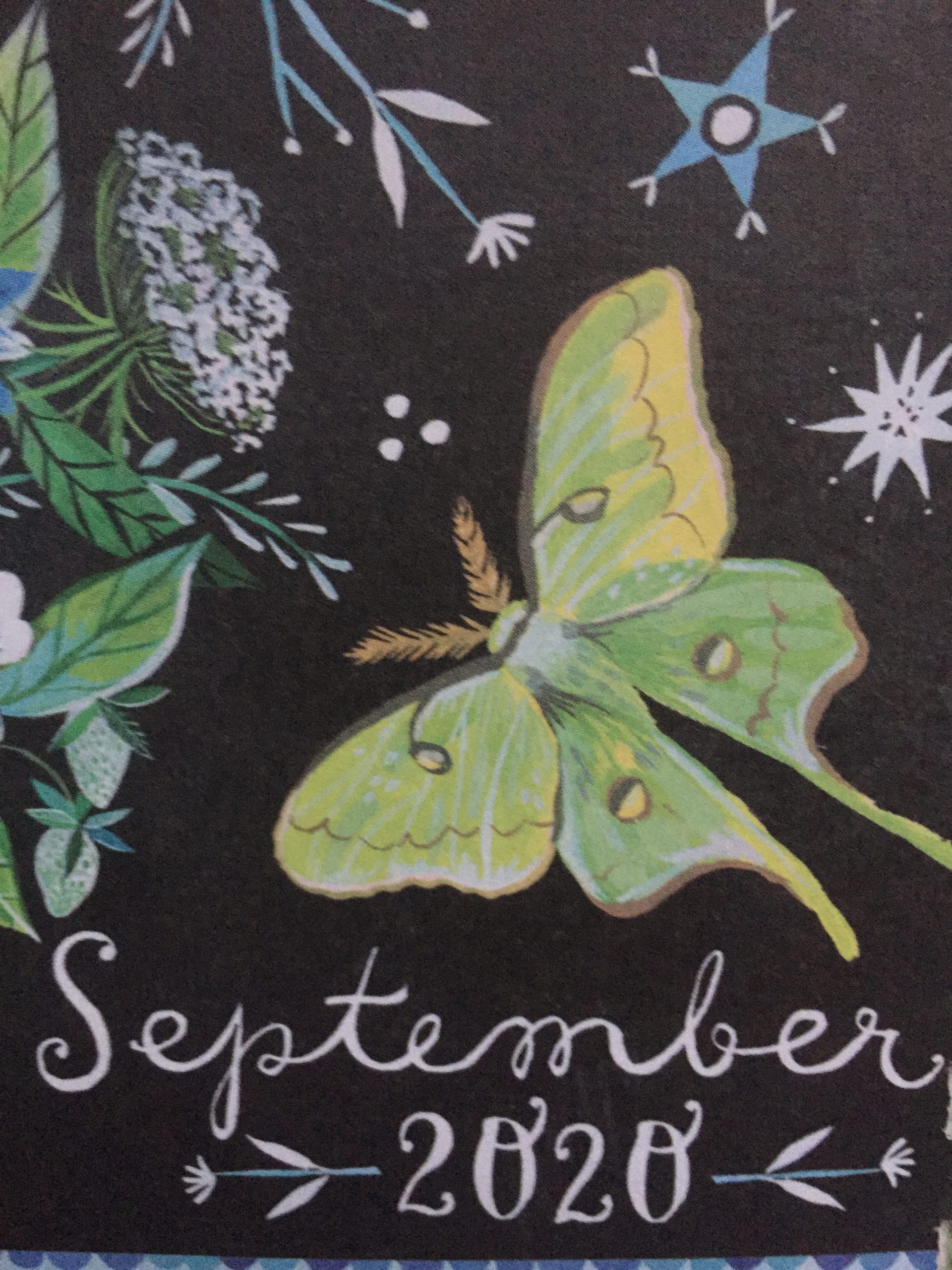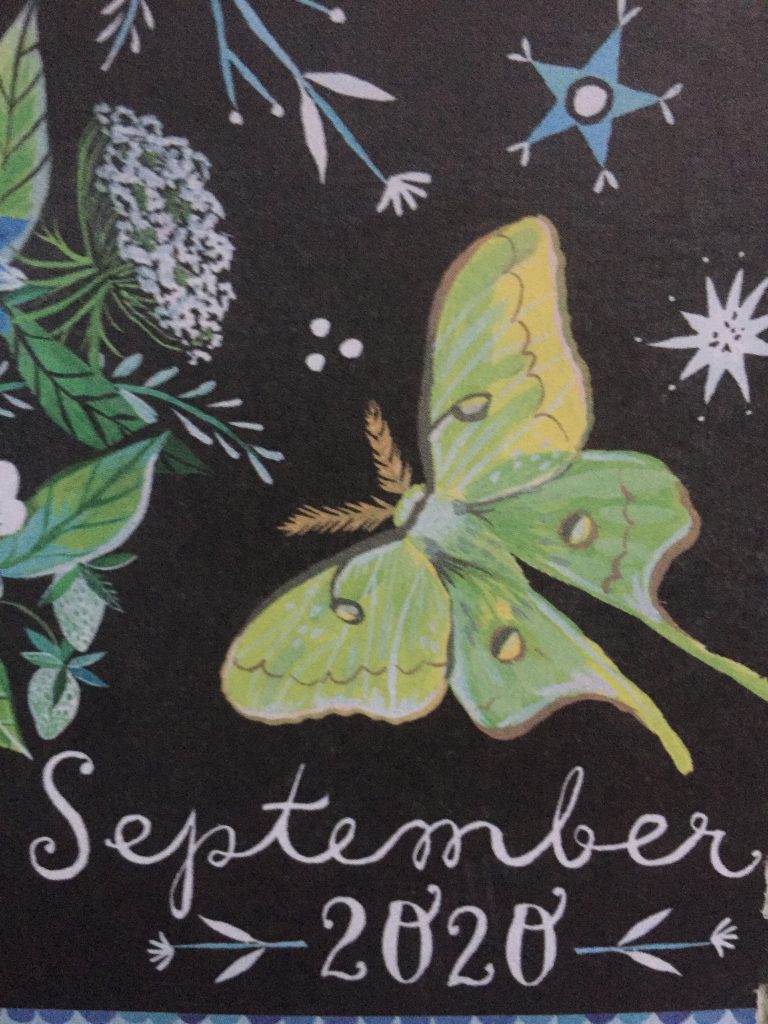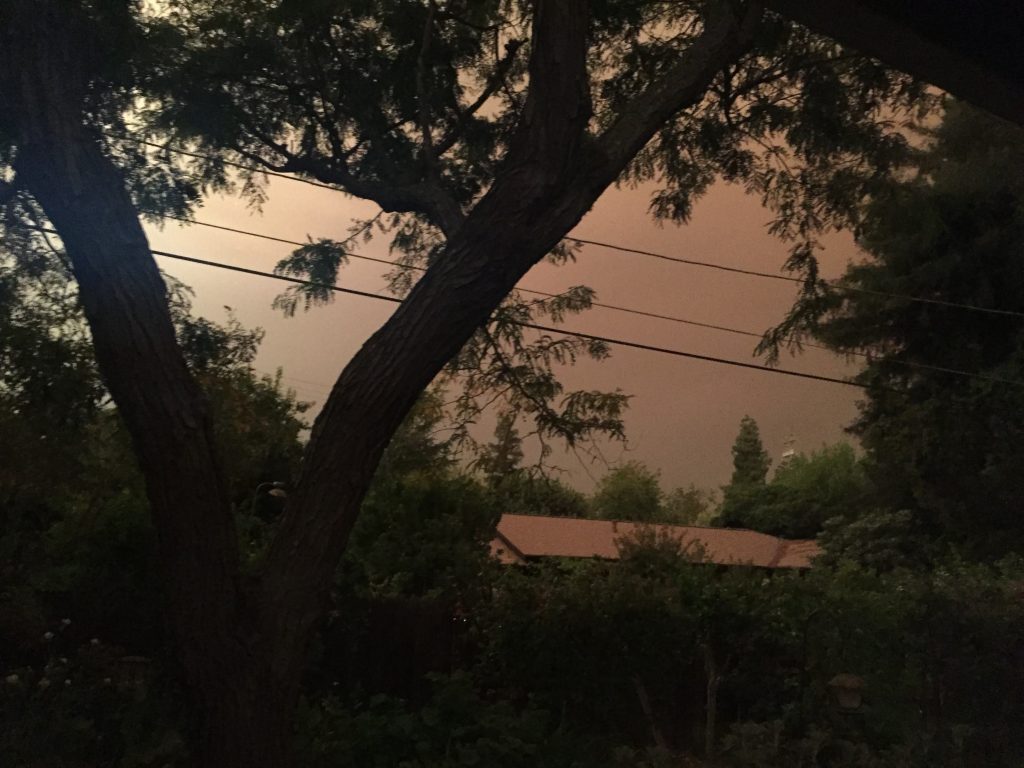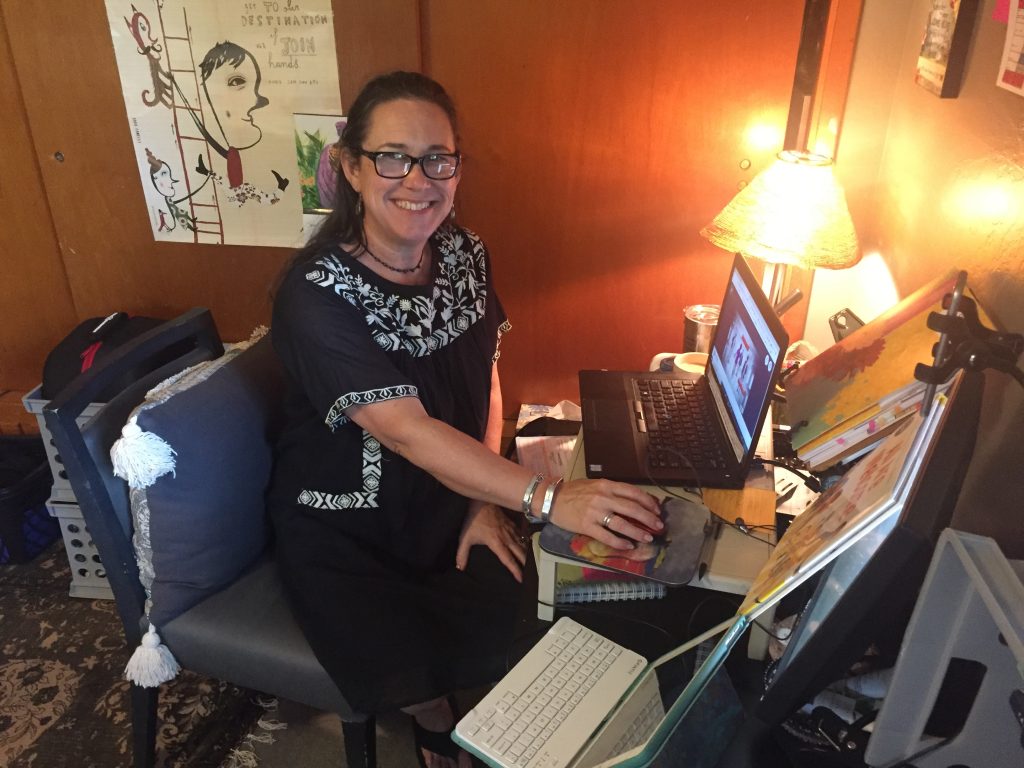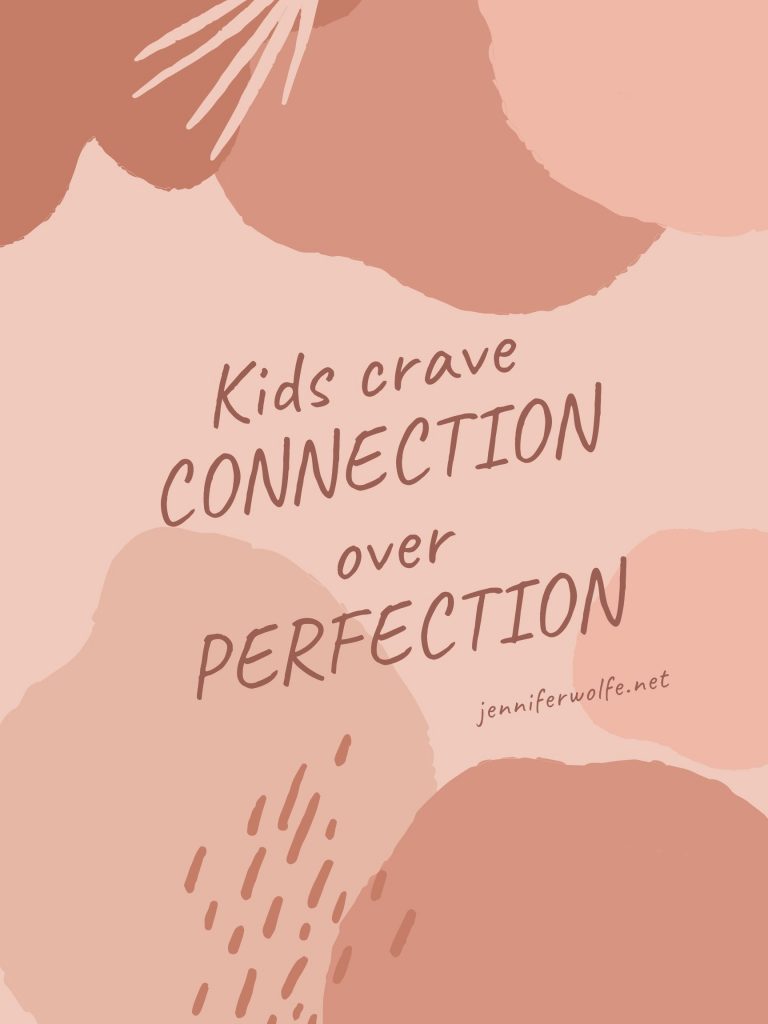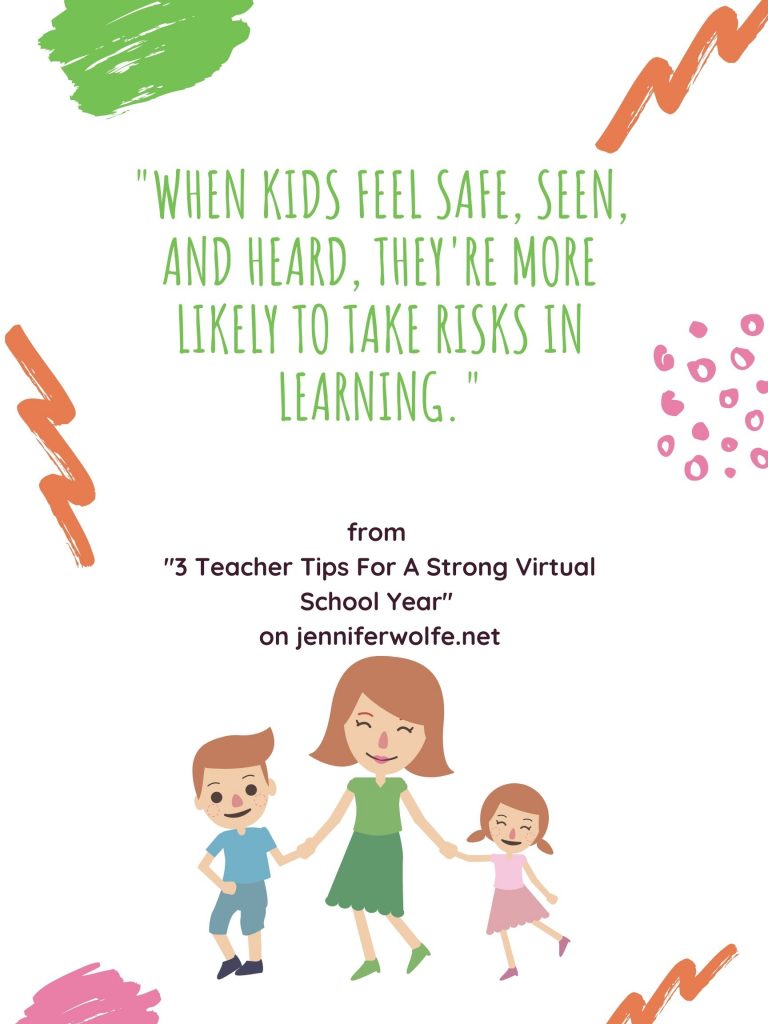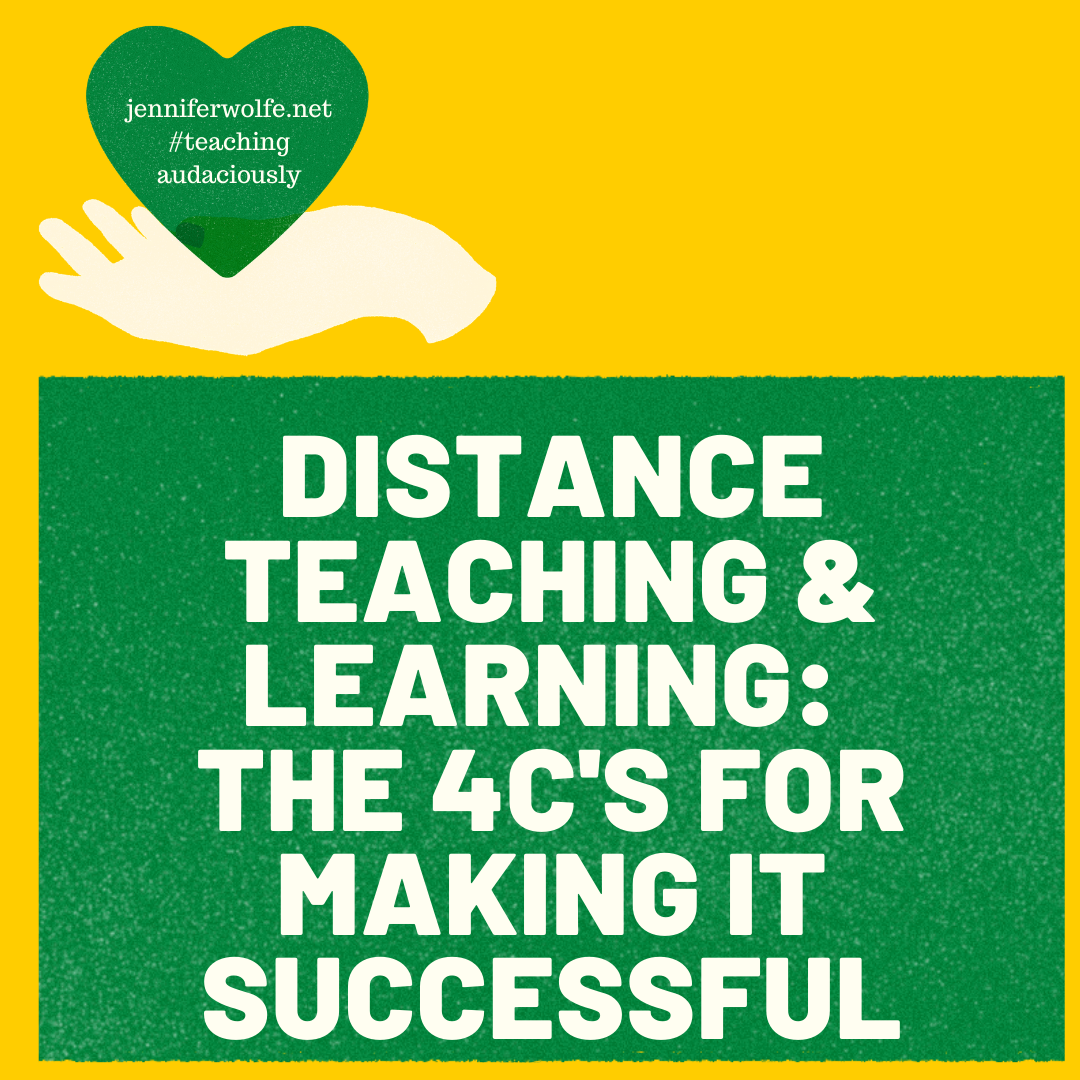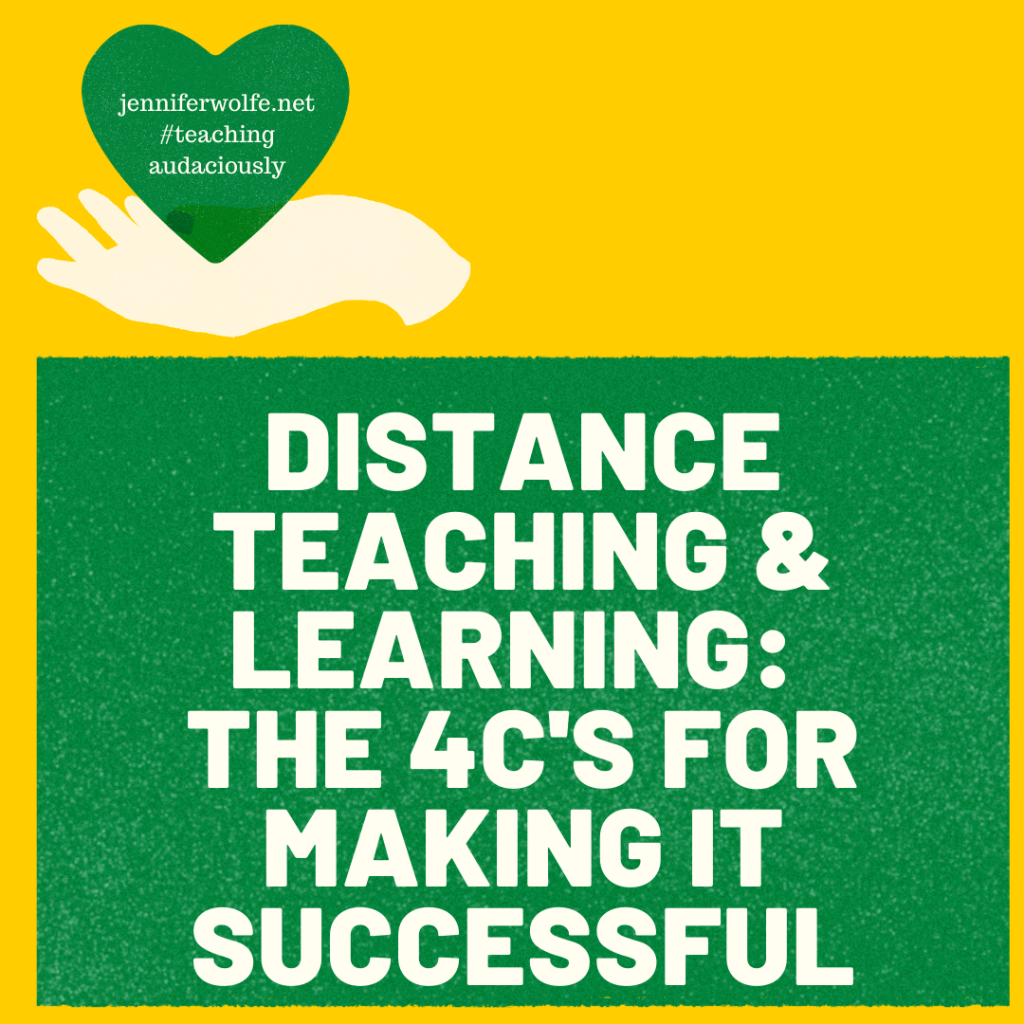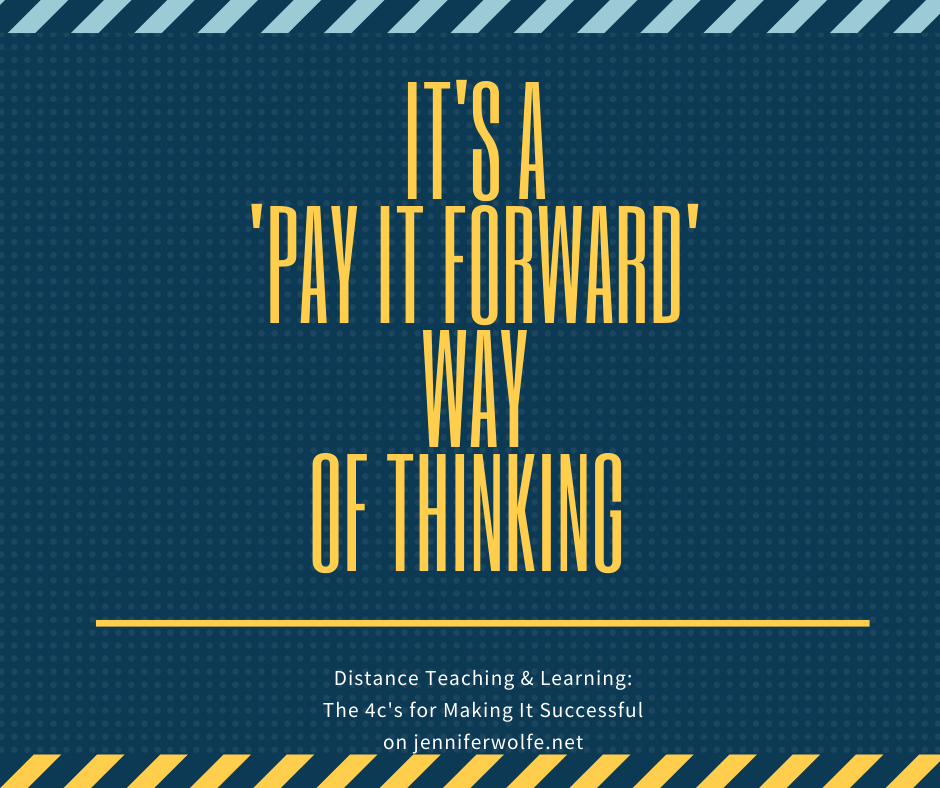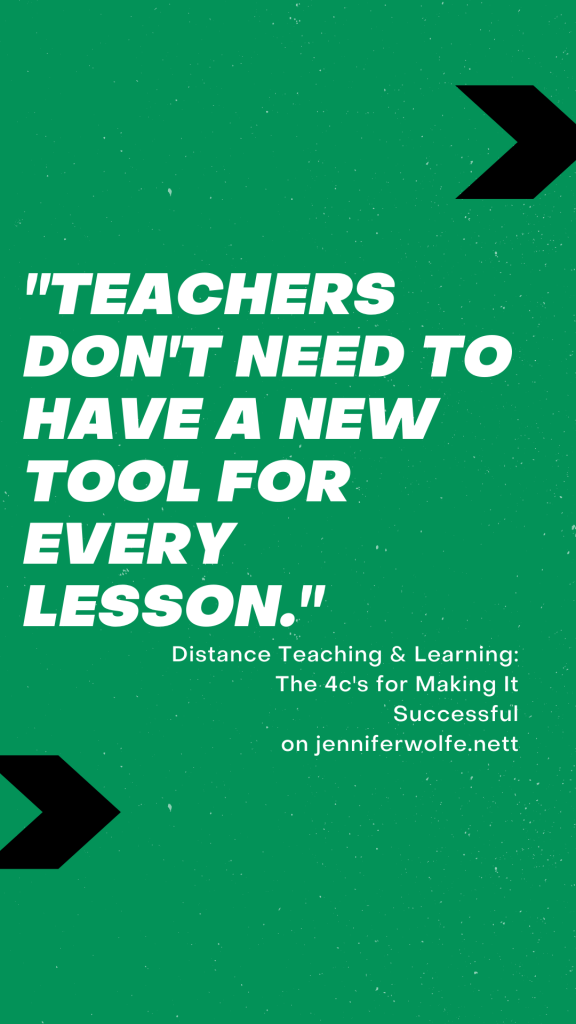It starts again with the breath, the in and out that we rarely pay attention to. The impermanence of breath, the pause at the top of the breath in, the pause at the bottom of the exhale.
Somehow, every time I close my eyes, breathe deeply and ground myself, the breath brings thoughts of the impermanence of life – of me, of those I love, the job I do, the dog by my side, the moment. Tears trickle silently as I try to focus on anything else – usually unsuccessfully.
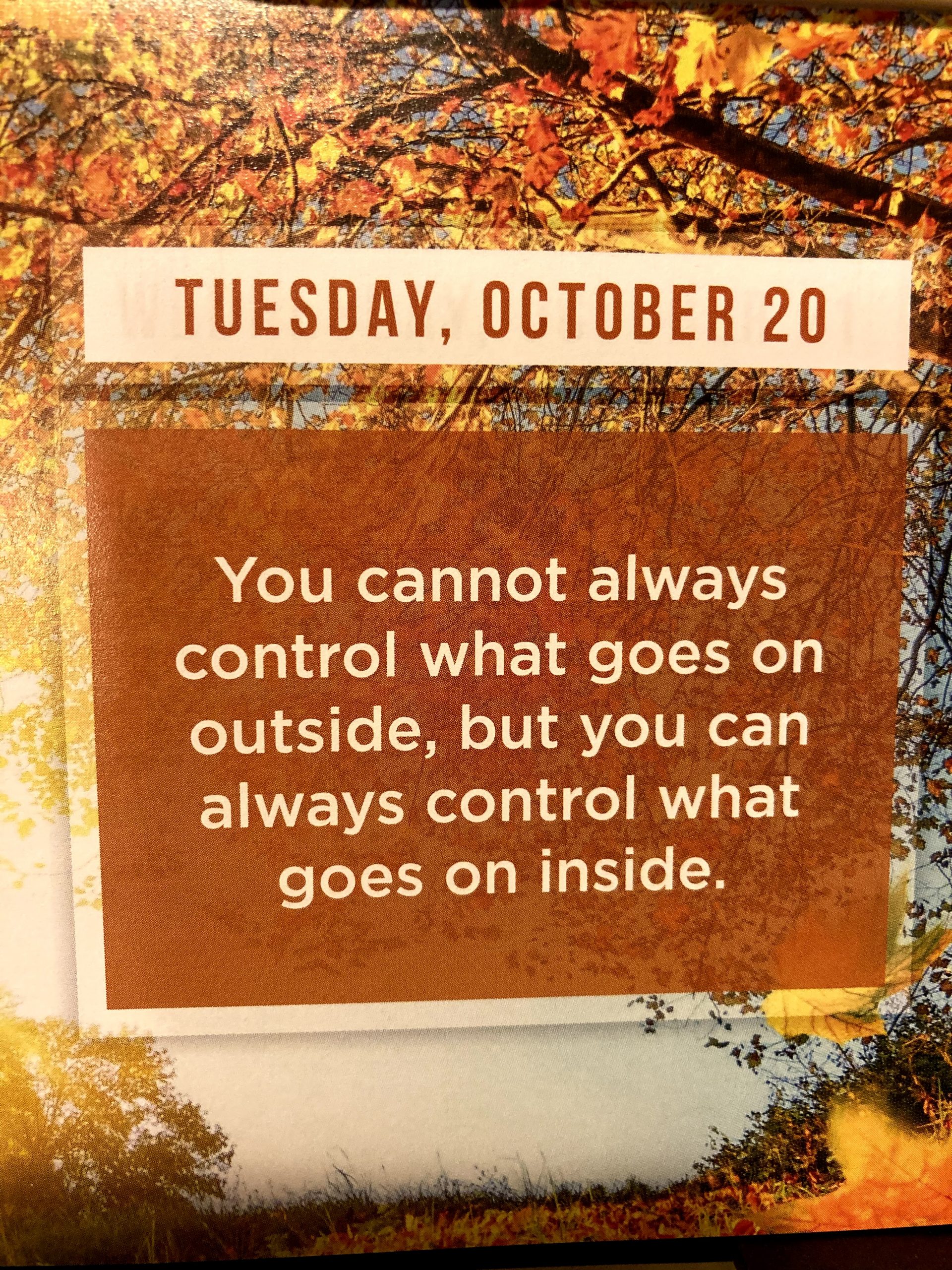
Thich Nhat Hanh says, “It is not impermanence that makes us suffer. What makes us suffer is wanting things to be permanent when they’re not.”
Is this just another way of saying I’m middle-aged? That from now on, the shift from what I know is true and solid is somehow slipping into something more supple, more pliable? Is impermanence permanent?
My county, along with most of California, and increasingly, states across the country, find ourselves locked down again. The COVID ‘break’ that many people took is coming full circle, the relief of impermanence from the virus, just for a fleeting second, now takes an ominous turn. The permanence of family gatherings, of kids coming home for the holidays, of snuggling together on a rainy day in front of the fire now feels different. Less joyful, more anxious. The thought that Thanksgiving will always be a time for togetherness is certainly tucked away this year. I watch the line for my neighborhood COVID testing wind around buildings and parking lots, extending blocks and blocks on a sunny afternoon. The media reminds me incessantly to be safe, this won’t be forever.
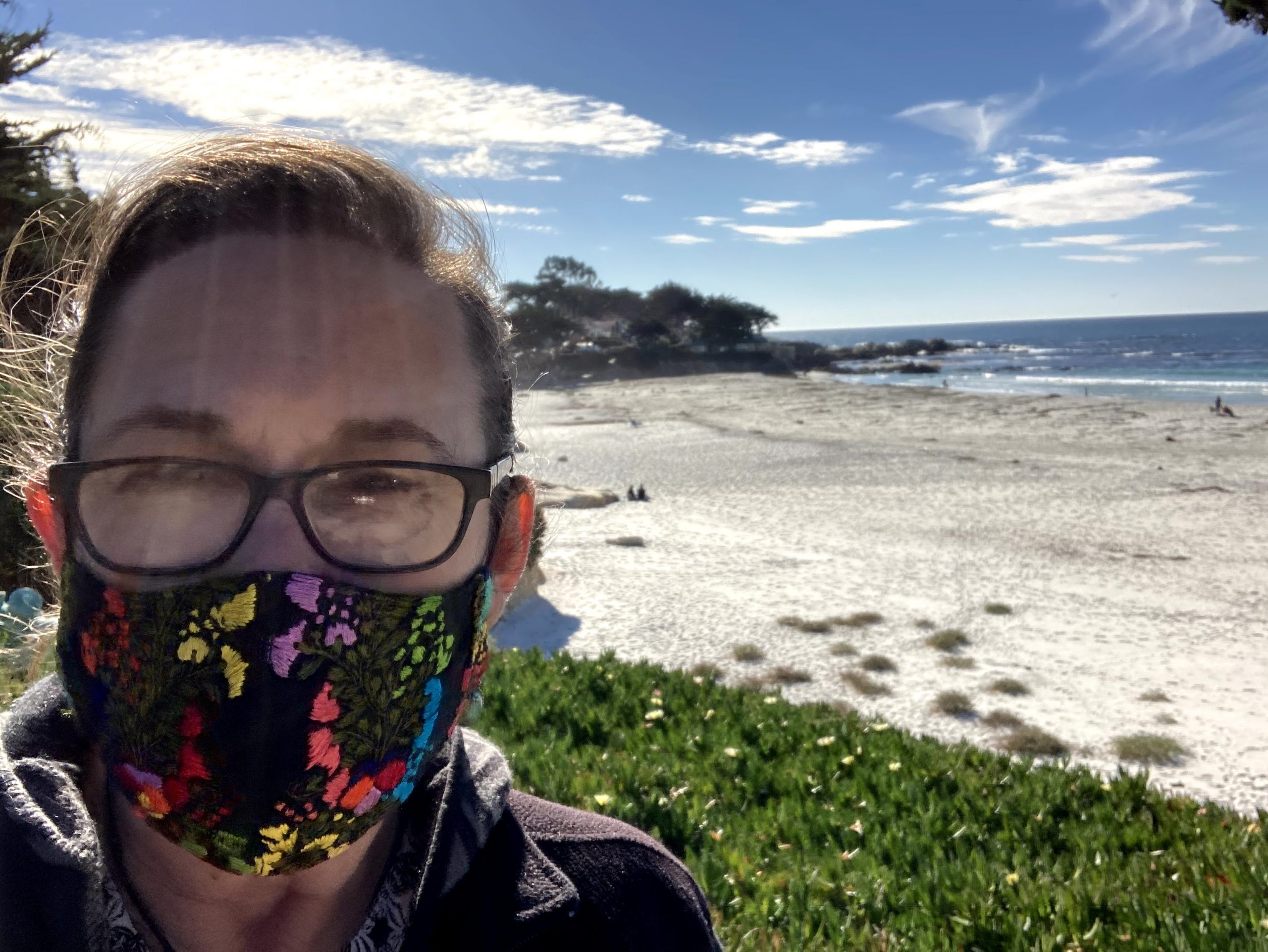
The permanence of the death counts, the positivity rates, the inescapability assault our senses. Shake our security. Heighten our fear.
Impermanence today
Kobe Bryant’s tragic death sure reminded many of us of life’s impermanence – do you remember back to January, pre-COVID? Twitter feeds and the thousands of posts on Facebook of him smiling with love at his daughter, and you can’t help but feel it. Reminders to just ‘tell someone you love them’ or ‘don’t hold back’ feel genuine and true…but also far too simplified.
Now, our vulnerable worry about going into the hospital and never coming out.
Turns out the Kobe messages may have been a somber prelude to the rest of 2020.
Life just isn’t that easy right now. We don’t always remember when we should. We cut people off in traffic and push for the shortest line at the grocery store, even when the person behind us has less to purchase. In our own little bubbles, we forget to lift our eyes to the server behind the counter and don’t take the time to write teachers a thank you or to send a quick text telling a friend how much they mean to us. Those who have gone before us are lost in a daily rush of to-do lists, rather than altars.
The present moment
How often do we notice the pause between the breath – the ending of the inhale, just before the beginning of the exhale? Do we forget to stop, to honor beginnings and endings, each extraordinary moment of our lives?

Impermanence is life. Nothing lasts, despite our resistance. We fight change, instead of embracing it. It’s unavoidable, yet we try to avoid change at every opportunity. We want our kids to ‘stay this age forever’ and wonder ‘how did the time go so fast’ when they celebrate their birthdays. We can be standing in line at the post office, on an ordinary day, and look up and see that suddenly we are the oldest one in the room. Perhaps the only one wearing a mask.
Or we can watch our parents die, gracefully slipping from the permanent place in our lives to somewhere much freer.

Much more impermanent.
Like the flow of the river or the breath of wind on our cheek, nothing stays – especially this instant, this presence in this exact moment is all that we have.
This present moment is all that is permanent. Let us begin our appreciation right here, right now.
